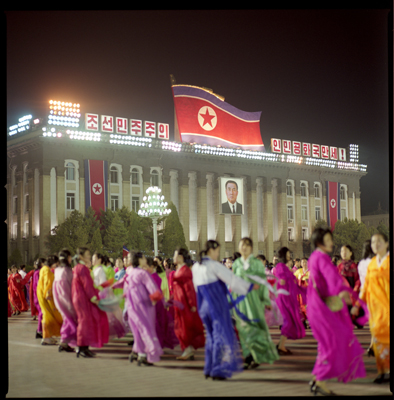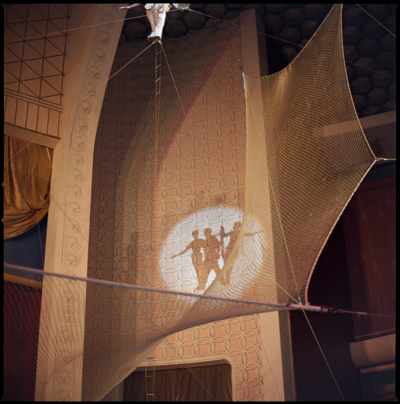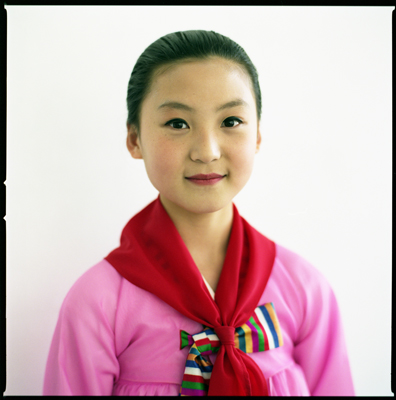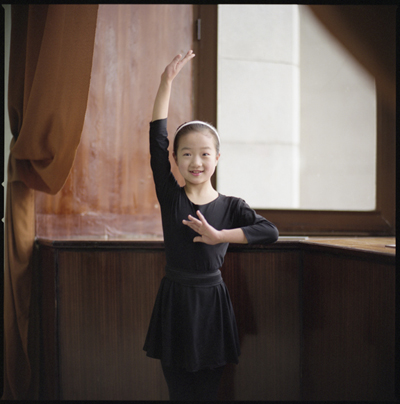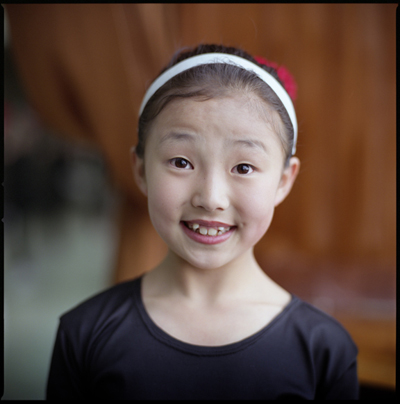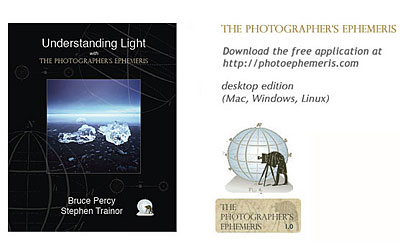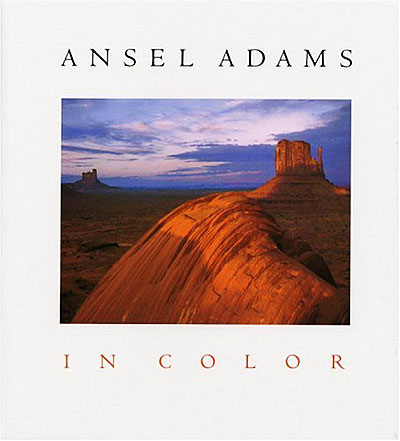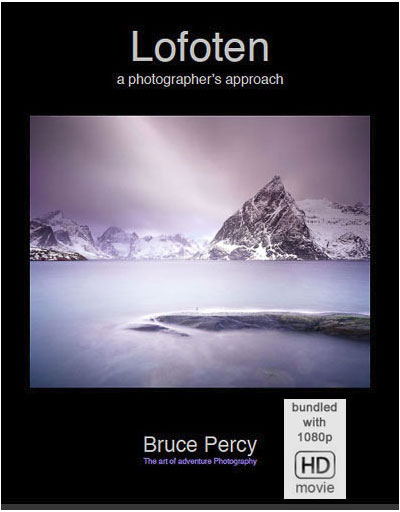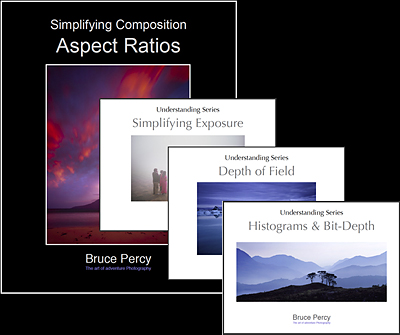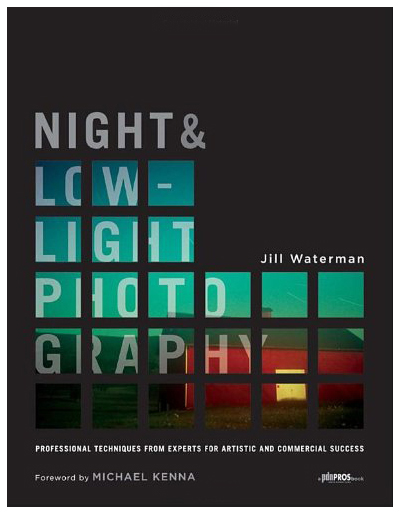This week I spent a small fortune on books at Beyond Words Edinburgh festival stall. I thought I'd go for a visit, catch up with Neil and see what he has to offer.
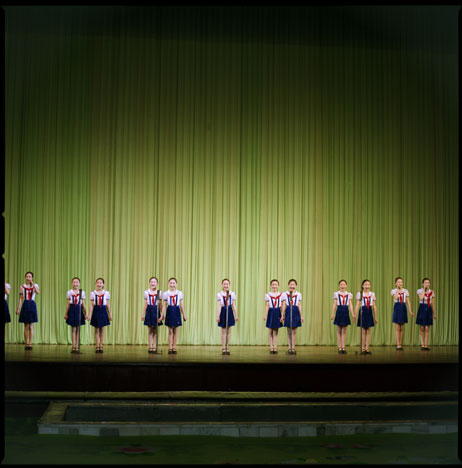
I came away with an exhausted bankers card, because I bought:
Hiroshi Watanabe's 'Ideology in Paradise' Paul Caponigro's Meditations in Silver Editions 1,2 & 3 of Brooks Jensen's 'Single Exposures' series Michael Kenna - images of the seventh day.
All are excellent books, but I'd like to talk about Hiroshi Watanabe's Ideology in paradise book.
A beautifully put together book, I found it on Neils book shelf at the back of his display purely by chance. I think I was intrigued by the front cover and of course the title. What could 'ideology in paradise' mean?
So I opened up the book and browsed the contents. Don't you find you make your mind up about a book in a matter of seconds? Well the image above drew me in. The people dancing, and those vibrant colours, just made me want to find out more.
I wasn't even entirely sure just what the book was about. In fact, I went through it, and wondered just where in the East the photos had been taken. There is nothing in the text or title of the book to suggest it's North Korea. It was only when I decided to read the inside flap that I understood. To quote, it says:
"One is quietly lulled into a sense that life in North Korea might, in fact, be just as it appears within the frames of these images - normal - instead of like the stories of kidnappings, military posturing, and famime. To Watanabe, it is this sense of tension between the news stories flooding the media in both Japan and in the US and his experiences travelling and photographing - that interests him in this topic".
On the surface, looking at a lot of the pictures in the book, which have a very beautifully over-processed look to them, you feel that Watanabe is making casual snaps of friends.
It would be so easy to think that people in North Korea do not do as we do. They do not laugh, they do not go for a walk, they do not live normal lives, but as his book shows, human nature comes through all the while, even if the regime that is above them has a grip on how these people live.
I really enjoyed the book. I was intrigued and I think that's the hallmark of a good book for me. I'd already bought the other books I listed above, and all of a sudden I was breaking the bank and going for this one. I had to own it.
One thing though, I'm sure some of you wonder why I'm so interested in the subject matter. These images look like reportage shots to a degree, and that's not really how I shoot. True, but talking to Neil from Beyond words about this, he has told me that a lot of photographers he sells books from - are similar. What they shoot, and what they like to look at, or enjoy in terms of photographic sensibilities, often is a different world away.
Ideology in Paradise is available from Beyond Words, if, like me, you have an interest in other cultures and a documentary style of photography.

